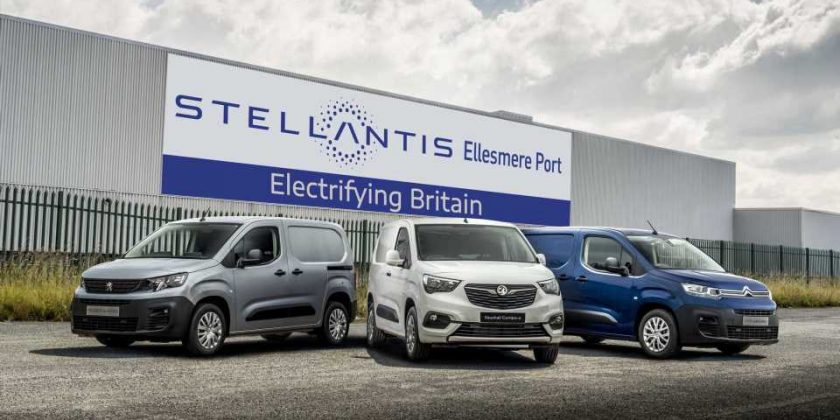There’s no question that today’s vehicles are packed with more technology than ever. Instead of outsourcing the various software systems to run it all, Stellantis is taking a bold step in the opposite direction by morphing into a tech company of its own.
That’s the chief takeaway from today’s Software Day presentation, as coined by Stellantis. The goal isn’t simply to offer its own in-house solutions for the many vehicle brands under the Stellantis umbrella, either. By 2030, Stellantis aims to have an annual revenue of $20 billion (yes, billion) from software-enhanced vehicles, driven by what Stellants projects will be 34 million monetizable connected cars on the road by then.
Your eyes probably latched onto the word monetizable in that previous sentence. Offering subscriptions to various services is a key component in this software plan, though at this stage Stellantis doesn’t have details on exactly what that means. Today’s announcement does, however, preview the company’s three new tech platforms that will arrive in 2024 using its STLA Brain. Pronounced like Stella, this electrical and software architecture will be the foundation for pretty much all AI-infused tech systems in various vehicles under the Stellantis Umbrella.
That alone is one of the three platforms; building from there is STLA SmartCockpit that will step more into the world of e-commerce while also offering navigation and voice assistance services. The final platform is STLA AutoDrive, and this is where the partnership with BMW comes in. As the name suggests, this is where autonomous driving tech lives and though Stellantis is co-developing it with BMW through Level 3 functionality, it won’t be identical.
Gallery: Chrysler Airflow Vision Concept
“The core technology in autonomous driving is expensive to develop,” said Stellantis Chief Technology Officer Ned Curic during the Software Day presentation. “Sharing the cost of the core technology development is a great deal for us and our partners at BMW, but then we’re going to have unique development and different experiences in the services we build, and those are the unique experiences we’re going to build for our own brands.”
Through it all, Stellantis was fond of showing off the Chrysler Airflow concept that made a stealthy debut in the summer of 2021 during the company’s EV Day. Itself a variation on the Chrysler Airflow concept from 2020, the vehicle looks rather production-ready though no official announcements were made about its impending arrival.
Gallery: Chrysler Airflow possible production version teaser
BMW isn’t the only partner Stellantis has on board for its technological ambitions. Foxconn will be working with the group on purpose-built chips and micro-controllers, no doubt trying to stave off future supply issues currently being experienced due to the semiconductor shortage. And while Stellantis is working with BMW on autonomous tech through Level 3, an additional partnership with Waymo will take on advanced Level 4 systems.
“Our electrification and software strategies will support the shift to become a sustainable mobility tech company to lead the pack, leveraging the associated business growth with over-the-air features and services and delivering the best experience to our customers,” said Stellantis CEO Carlos Tavares. “With the three all-new, AI-powered, technology platforms to arrive in 2024, deployed across the four STLA vehicle platforms, we will leverage the speed and agility associated with the decoupling of hardware and software cycles.”
Source: Read Full Article














